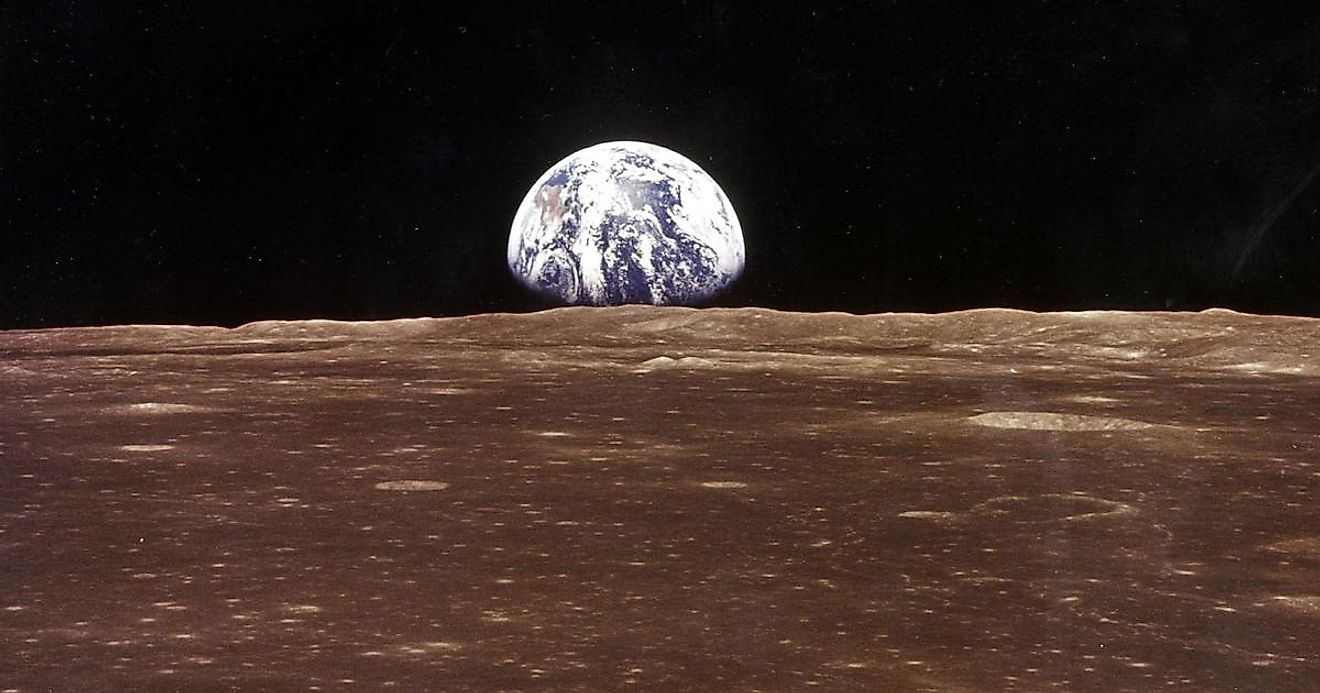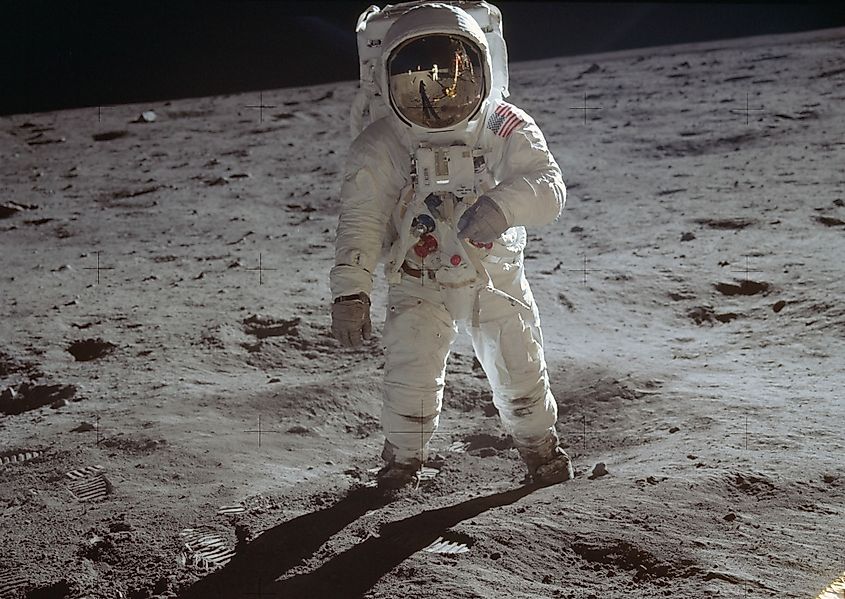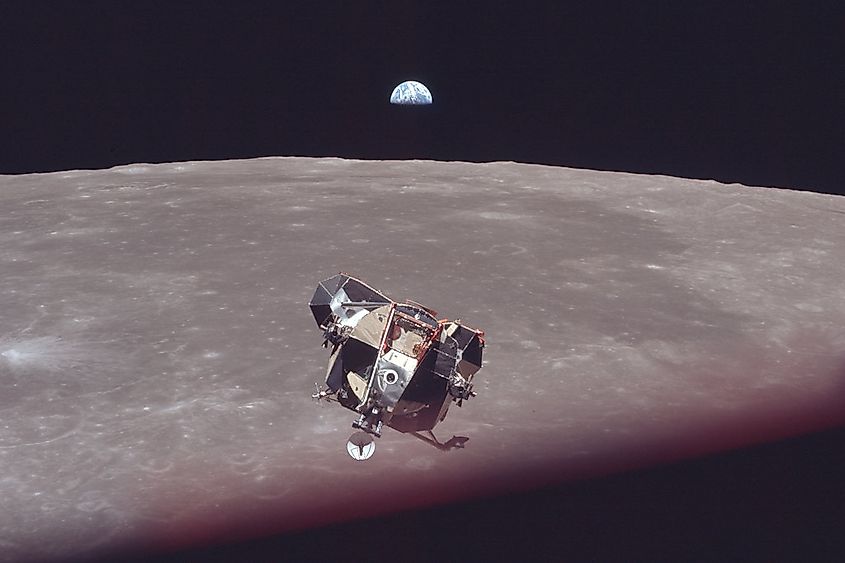
Is The Moon Moving Further Away?
- The moon has been moving further away from Earth ever since it formed
- The rate at which the moon is currently moving is 1.48 inches per year
- The moon would reach its maximum distance from Earth in about 15 billion years
Earth’s moon formed over four billion years ago, yet it did not form in its current orbit. The average distance between the Earth and the moon is 238,855 miles (384,400 kilometres) away, yet when the moon first formed, it would have been far closer. Ever since its formation, the moon has been gradually moving further away from the Earth. How fast is the moon moving and will it ever escape the Earth’s gravity?
How Fast Is The Moon Moving Away From Us?

Astronomers estimate that when the moon first formed, it was only 15,000 miles (24,140 kilometres) away from the Earth. Since we know how old the moon is and how far it currently is, it seems like it would be easy to determine how fast it is moving away from us. However, the rate at which the moon is increasing its orbit changes depending on a number of factors. The distribution of continents and oceans on Earth has a major impact on how fast the moon moves away. For example, the gravitational pull between the Earth and the moon creates gravitational tidal forces, the strength of which are dependent upon the size and distribution of the oceans. Furthermore, since the Earth rotates faster than the moon orbits, these tidal forces are constantly changing. The gravitational pull of the Earth, combined with its rotation, actually pushes the moon into a further orbit. Since the distribution of continents and oceans on the Earth’s surface varies with time, the rate at which the moon increases its orbit also changes. It is hard to determine that rate throughout Earth’s history, yet scientists can determine the current rate. The moon is currently moving away at a rate of 1.48 inches per year (3.78 centimetres). Our fingernails grow at roughly that same rate.
Will The Moon Ever Stop Orbiting The Earth?

Assuming the moon continues moving away from us at its current rate, the moon will be at its maximum distance away from us in about 15 billion years. Thankfully, the moon will likely never leave Earth orbit. Even at its maximum distance away from us, the moon will remain in orbit. However, 15 billion years is significantly higher than the estimated lifespan of the sun. In about four to five billion years, the sun will enter the final stages of its life, becoming a red giant and expand many times larger than its current size. The sun will likely engulf the Earth and the moon, so the moon will never have the opportunity to move to its furthest point.
Interestingly, the distance between the Earth and the moon has a significant impact on our planet’s rotational speed. As the moon moves further away, the Earth’s rotation slows down. This has to do with the conservation of momentum. As the moon’s orbit increases, the Earth’s rotation must slow down to compensate. Every hundred years, the length of a single day increases by about 1.8 milliseconds. That may seem insignificant, yet over vast periods of time, the effect becomes very noticeable. 600 million years ago, a day was only 21 hours long. When the moon first formed 4.5 billion years ago, a day was likely only a few hours.











